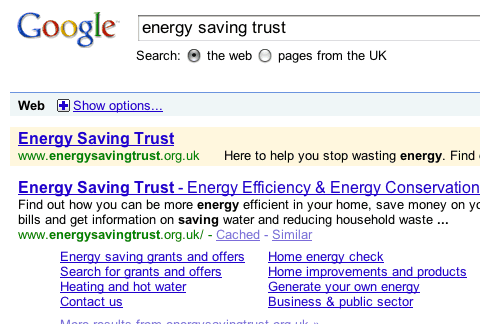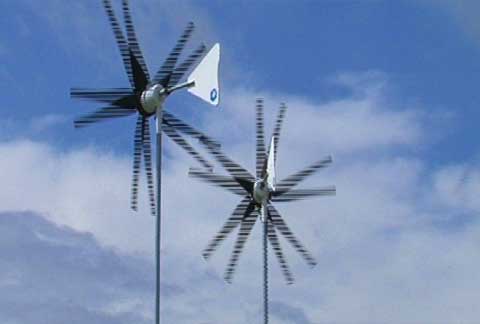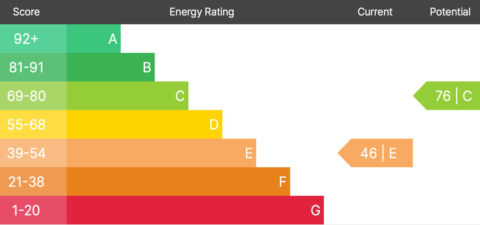Good on the Energy Saving Trust in persuading some enlightened retailers – Best Buy UK, Comet, Co-operative Electrical, Currys, PC World, John Lewis, Argos, Marks & Spencer, and Sainsbury’s – to stop selling the most energy wasting TV’s. (It didn’t stop John Lewis plugging the worst Plasma TVs last weekend though). With TV sales increasing and “look how big my screen is” having become the new macho status symbol, it’s about time something was done to edit out the most energy hungry appliances. It’s hard to imagine that all other retailers will immediately follow their lead, but let’s hope. As sust-it, has proved, when energy usage is measured by the £’s used, buying energy efficient products starts to make sense.
Retailers can have a huge role to play, in not only influencing consumers to buy energy efficient products, but also in their discussions with manufacturers to develop the most energy efficient appliances. Sust-it can provide retailers with information on which makes and models of TV’s and other electricals top the league tables in terms of energy usage. Striving to become top, and the most energy efficient, is something manufacturers can aim for, and can help their ‘green’ credentials.












